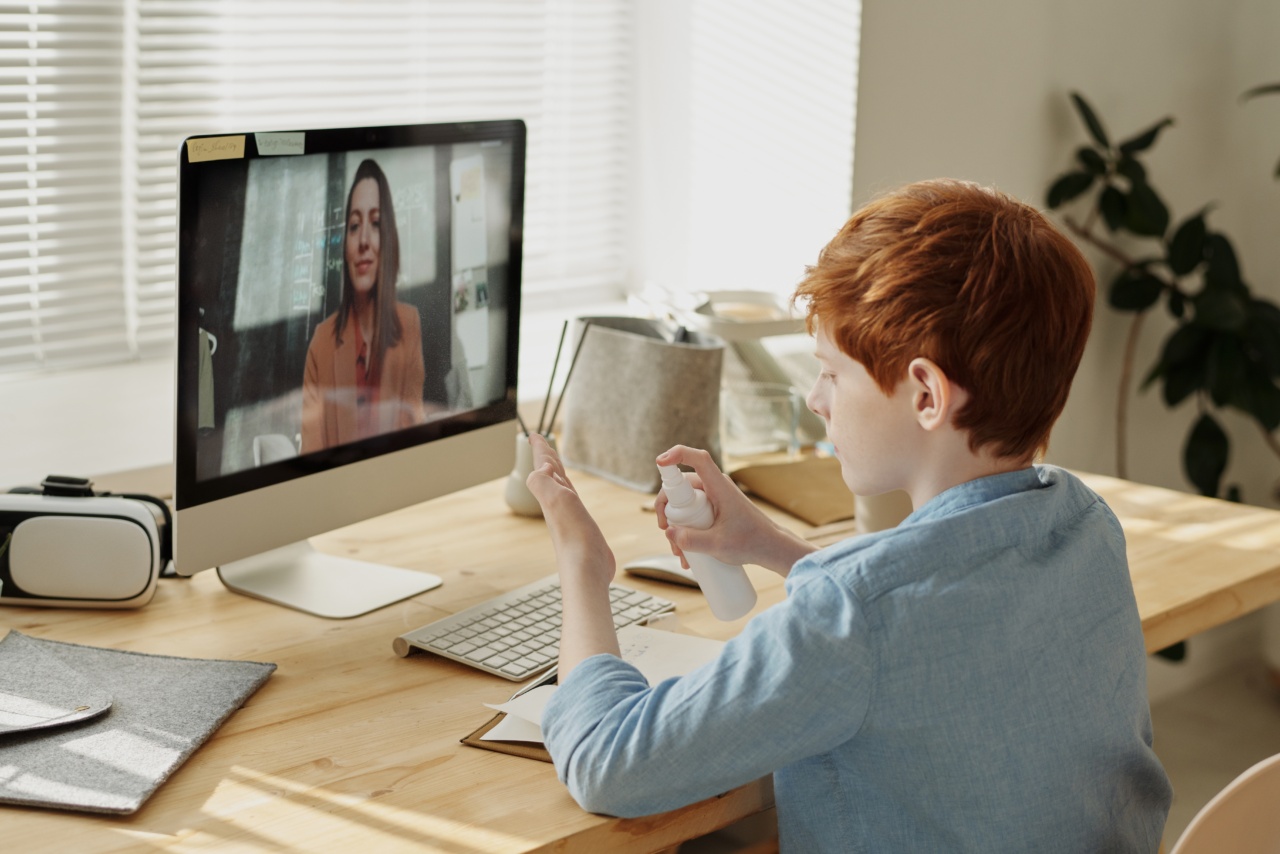As a parent, one of your greatest concerns is ensuring the health and well-being of your child.
While you may diligently focus on providing a nutritious diet and ensuring regular exercise, it is crucial not to overlook the importance of your child’s vision. Myopia, commonly known as nearsightedness, is a rapidly growing concern among children today. With the increased usage of digital screens and limited outdoor activities, the incidence of myopia has reached alarming rates.
However, by implementing a few simple strategies, you can protect your child’s vision and reduce the risk of myopia.
1. Promote Outdoor Activities
Spending time outdoors has been linked to a decreased risk of myopia development in children. Encourage your child to engage in outdoor activities such as sports, playground fun, and nature exploration.
The natural daylight, wide range of visual stimuli, and increased exposure to distant objects contribute to maintaining good eye health and preventing myopia.
2. Limit Screen Time
In today’s digital era, children spend a significant amount of time in front of screens. Extended screen time can strain the eyes and contribute to the development of myopia.
Set reasonable limits on screen time and ensure that your child takes regular breaks. Encourage other activities such as reading, arts and crafts, or outdoor play to reduce the overall screen time and protect your child’s vision.
3. Practice the 20-20-20 Rule
The 20-20-20 rule is a simple yet effective strategy to prevent eye strain and myopia progression. Teach your child to look away from screens every 20 minutes and focus on an object at least 20 feet away for at least 20 seconds.
This helps relax the eye muscles and reduces the strain caused by prolonged screen use.
4. Ensure Proper Lighting
Inadequate lighting can strain your child’s eyes and increase the risk of myopia. Ensure that the ambient lighting in your home is sufficient for various activities.
Additionally, provide task-specific lighting, such as a desk lamp for reading or studying, to minimize eye strain and maintain good vision.
5. Encourage Healthy Eye Habits
Teach your child good eye habits from an early age. Emphasize the importance of blinking regularly while using digital devices to keep the eyes moistened.
Remind them not to rub their eyes vigorously and to maintain proper posture while reading or using screens. These simple habits can significantly contribute to protecting your child’s vision and preventing myopia.
6. Schedule Regular Eye Exams
Regular eye exams are essential for detecting and addressing any vision issues early on. Schedule routine eye check-ups for your child, even if they do not complain of any visual problems.
A comprehensive eye exam can diagnose myopia or any other vision-related conditions, allowing for timely intervention and management.
7. Consider Orthokeratology
Orthokeratology, commonly known as Ortho-K, is a non-surgical method to correct myopia and slow down its progression. This specialized treatment involves wearing custom-made contact lenses overnight.
These lenses gently reshape the cornea, providing clear vision without the need for glasses or daytime contact lenses. Consult an eye care professional to determine if Ortho-K is suitable for your child.
8. Maintain a Balanced Diet
Proper nutrition plays a crucial role in eye health. Include foods rich in vitamins A, C, and E, as well as omega-3 fatty acids, in your child’s diet.
Carrots, leafy greens, citrus fruits, fish, and nuts are excellent choices for promoting good eye health and reducing the risk of myopia.
9. Ensure Proper Distance when Using Screens
Encourage your child to maintain a distance of at least 18-24 inches from digital screens, such as computers, tablets, and smartphones. Sitting too close to screens can strain the eyes and contribute to myopia development.
Help them adjust display settings, such as font size and brightness, for optimal viewing experience.
10. Be a Role Model
Children often mimic their parents’ behaviors. Set a good example by practicing healthy visual habits yourself. Limit your screen time, take breaks, and prioritize outdoor activities.
By being a positive role model, you reinforce the importance of protecting your child’s vision and encourage them to follow suit.






























